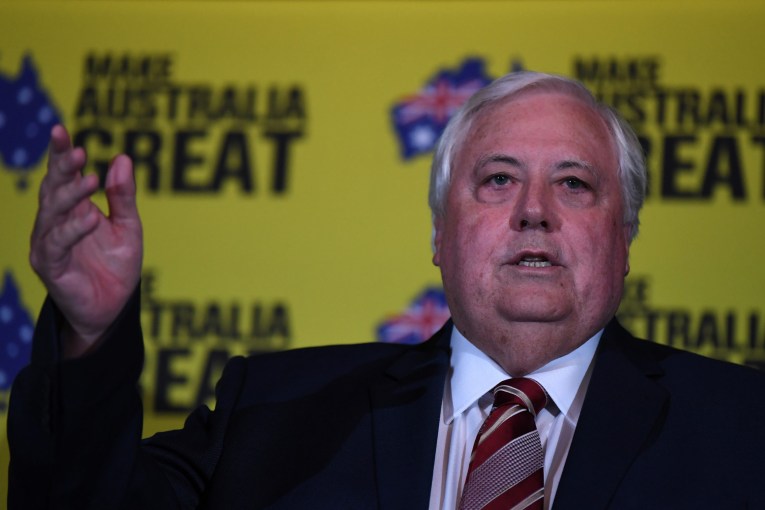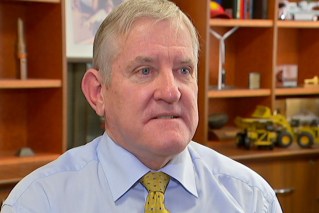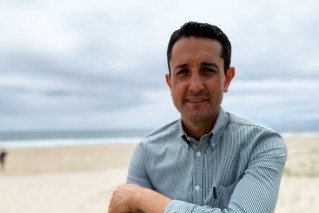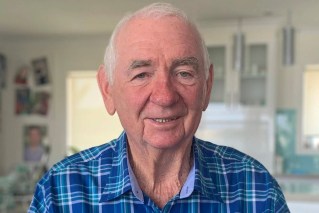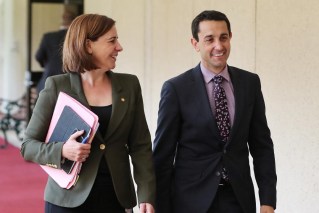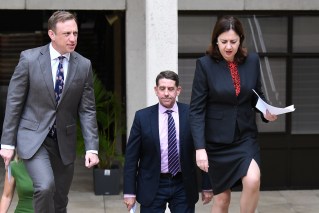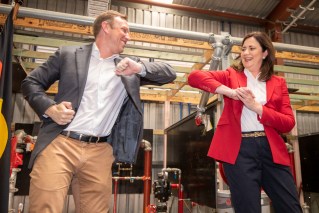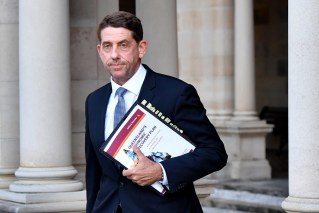Doodles, blunders and protests in polling booths could temper the result
With compulsory preferential voting, and a debate over who should be put last, the rate of informal votes could be high.
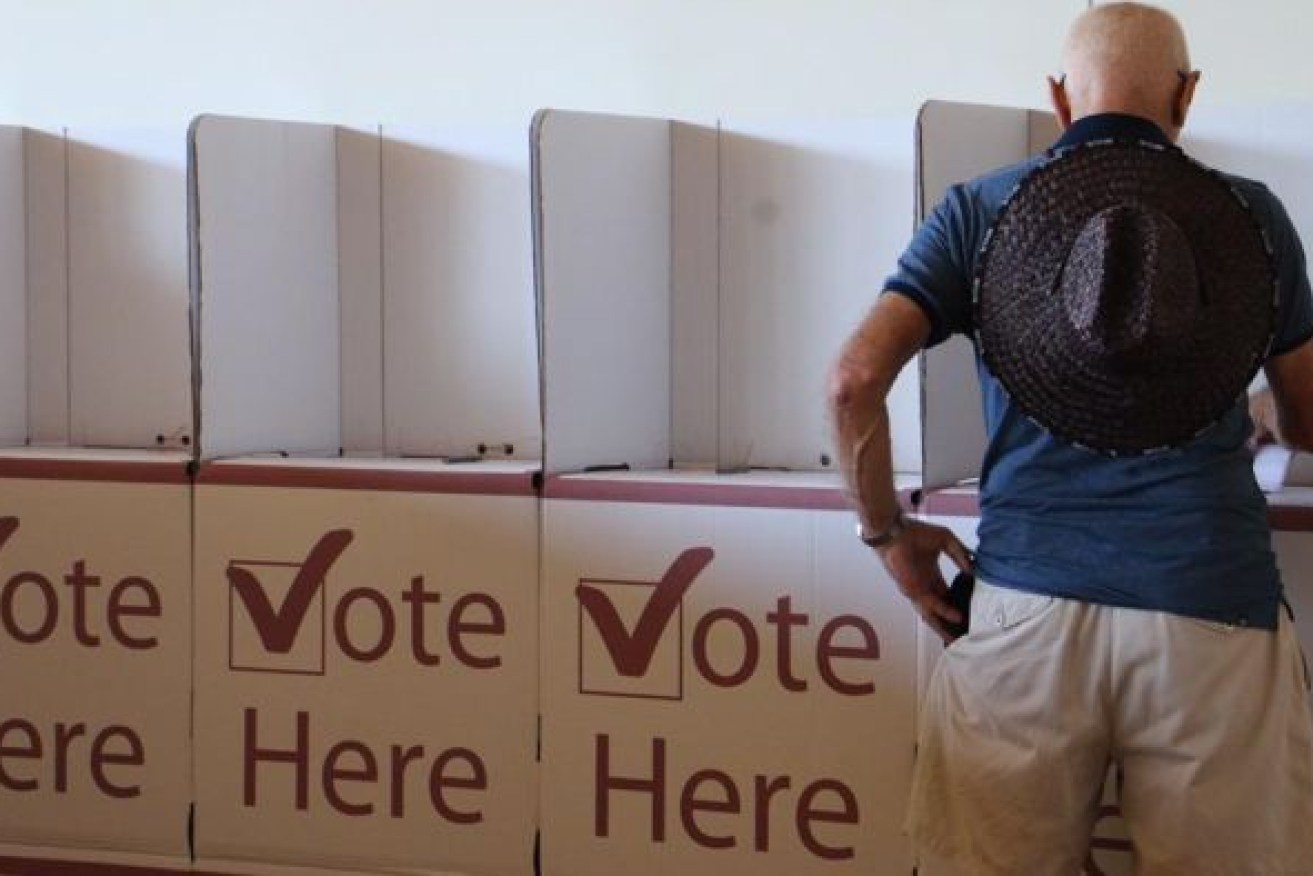
Photo: ABC
It may seem like years ago, given the ongoing pandemic and recession, but Queenslanders have already voted this year, at council elections in March. Two state electorates, Bundamba and Currumbin, had by-elections at the same time, meaning some people in Ipswich and on the Gold Coast are now voting for the third time in 2020.
While concern over the turnout at the elections proved unwarranted, there was a surge in informal votes at the by-elections, partly because the Palaszczuk government changed the system to make full preferential voting compulsory. Another contributing factor was the lingering concern that Queenslanders were expected to go to polling booths in a pandemic.
This led to the government and the Electoral Commission of Queensland changing processes for the state election, resulting in a record number of postal votes. However, there could still be a large number of informal votes lodged, in postal, prepoll and election-day ballots.
At the Bundamba by-election, more than 2600 informal ballots were cast, reflecting a 10.88 per cent rate of informality, while in Currumbin there were more than 2000 (8.09 per cent).
In a close election, and the major parties keen to avoid a hung parliament, thousands of informal votes in 93 seats could make a difference, and reflect badly on the introduction of compulsory preferential voting.
In the by-elections, the new requirement was complicated by the fact the council elections had a different requirement. The Electoral Commission of Queensland found 55 per cent of informal votes in Bundamba, and 51 per cent of informal votes in Currumbin, were unintentional.
However, the percentage of intentional informal votes was still high – they included voters using their pencil to draw or write on the ballot paper, or give “comments, questions or other marks that specifically reference the pandemic”.
Under optional preferential voting, Labor used a “Just Vote One” strategy to effectively deny preferences to the then Coalition. However, at this election, unions and some Labor supporters are pushing a “Put the LNP last” strategy, even though Annastacia Palaszczuk has advocated One Nation being put last.
To maximise its preference flows, the LNP has advocated Labor being put last, except in seats where candidates from the anti-vaccination Informed Medical Options Party are running.
Palaszczuk has repeatedly warned that the LNP is more aligned with One Nation, Katter’s Australian Party, and Clive Palmer’s United Australia Party.
The Greens will put the LNP or One Nation last, depending on local issues, and have traditionally delivered preferences to Labor.
Unlike previous state elections, candidates and party volunteers will not be able to hand out how-to-vote cards and other paraphernalia as voters enter polling booths. The Electoral Commission has sought to educate voters and other participants on the requirements, including compulsory preferential voting.
